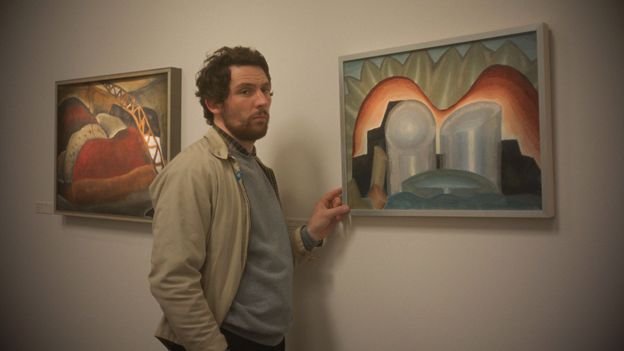
But as Flynn notes, while museums may have been slow to appreciate the threat of robbery in the past, the robbers have not generally displayed the sharpest acumen either. “The history of art crime and major art heists has been one of opportunist idiots who don’t really understand the nature of works of art themselves,” he says, referring to their potential for damage, “or indeed the market for works of art. [Then] these guys suddenly discover, to their horror, that the objects they’ve stolen are very difficult things to shift.”
The allure of the art robber
An archetype in fiction of the art robber as lovable rogue also started to emerge during the 1960s and ’70s. Amid unrest driven by the Vietnam War and the Nixon administration, disillusionment and discontent reached high levels, especially among younger generations in the US. Simultaneously, films such as 1964’s Topkapi (where a band of art thieves attempt to steal from a palace in Istanbul), 1966’s How to Steal a Million (where Audrey Hepburn and Peter O’Toole plan a heist to altruistic ends) and the same year’s Gambit (starring Michael Caine as a plucky cat burglar stealing an antique bust) helped to glamorise such characters.
According to historical author Susan Ronald, who specialises in art crime, the rise of the art robber in pop culture reflects the time’s anti-authority mentality. “Part of [the appeal of these characters] is [their] outsmarting the establishment,” she explains. “The fact that art heists usually don’t involve private individuals makes it more acceptable. It’s an institution, and there’s something quite daring about it.”
Perhaps it’s partly down to the glorification of these art stealers that misconceptions about arts heists have taken root – for example, the idea of them being a “victimless crime”. “We don’t take it seriously enough,” says Flynn, “which is why the criminals quite often get ridiculous [short] sentences when you consider that they’ve committed a serious cultural crime. But because it’s art, we don’t think it’s so important.”









